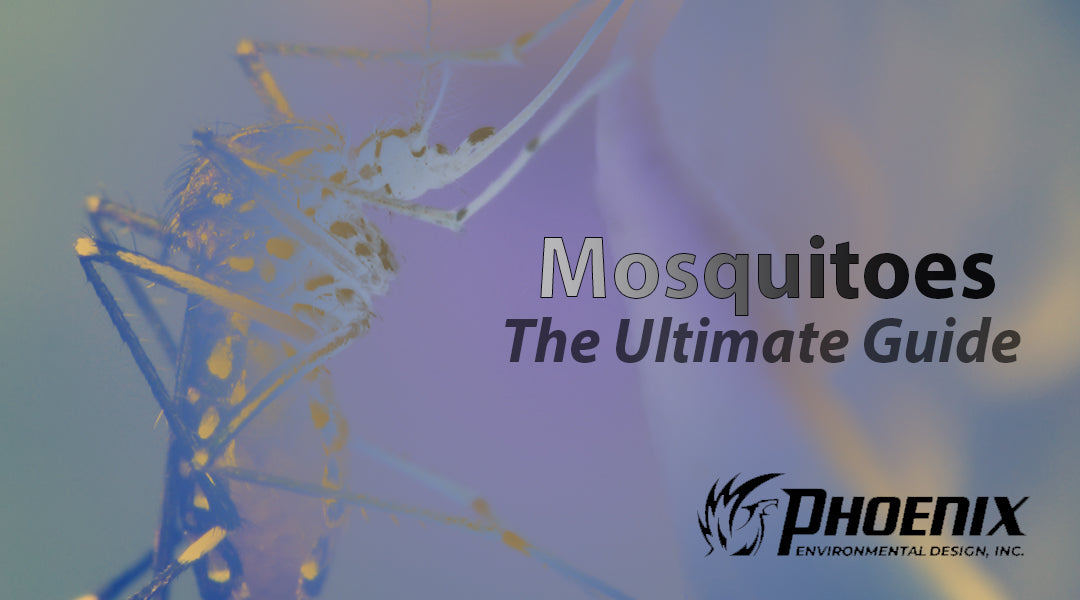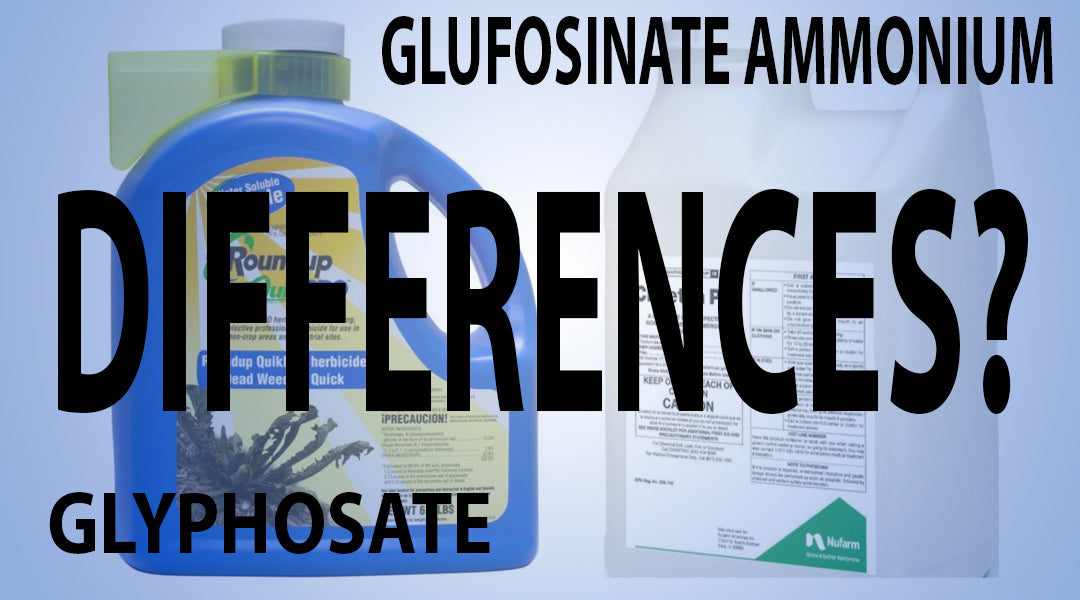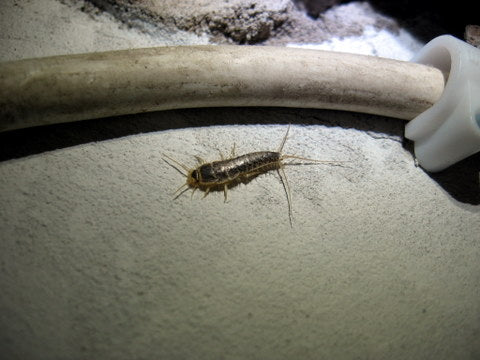
Ants – these tiny insects have crawled along the earth long before humans ever stepped foot on the soil, so getting rid of ants is not so easy. Ants have survived through millennia, outlasting the dinosaurs and continuing to expand across the planet. More than 12,000 ant species exist across the world, and their colonies pop up indoors and outdoors on residential and commercial properties. Queen ants can produce millions of colony members in a lifetime, so it's important to take control of an ant infestation right away before it gets out of hand.
How to Inspect for Ants

Ants thrive indoors and outdoors. They come indoors to escape from inclement weather, to search for food and to build more protective shelters. Some ants prefer to stay outdoors and only come inside to find food and water. No matter if it's one ant in the kitchen or an infestation outside the garage, it's best to address the situation quickly.
Where to Look for Ants Indoors
When ants come indoors, they prefer to hide out or to build nests in moist areas such as bathrooms, kitchens and basements. They scurry around sink drains and plumbing pipes beneath the cabinets. You may see the ants around appliances, toilets, bathtubs and cracks along baseboards.
If you notice one or two ants indoors, the next step is to locate their nests by following an ant trail. Setting out a food source will help to lure the ants and to determine where their nest is located. Try to attract the ants by:
- Setting out a teaspoon of honey in a saucer where you saw the ants
- Placing peanut butter in the same saucer or a different one nearby
Leave the food out as long as necessary to lure the ants from their nests or hiding places. Over time, an ant trail should form, giving you a way to follow the line back to their nest or from where the ants have entered. Some ants are more active at night, so check the bait in the evening if you don't notice any activity during the day.
Where to Look for Ants Outdoors
It's almost impossible to go anywhere outdoors without seeing ants on the lawn, the driveway, the sidewalk and other surfaces. They crawl along patios and decks, exterior facades and plants across the landscape. However, some ants prefer to build their nests in clutter and random objects around homes and businesses. Some of the more common places to inspect for ants outdoors include:
- Firewood stacks
- Old tires and car parts
- Debris such as trash or unused clutter
- Vinyl and aluminum siding
- Dirt mounds
- HVAC units
- Electrical boxes
Setting out honey and peanut butter in and around these areas will lure the ants and help you to find their nests. Once the ants have found the food, determine whether they prefer the honey or the peanut butter. If the ants eat the honey, Maxforce FC ant bait gel would be a good option for eliminating the colony. If they like the peanut butter, use granules such as Advance 375A to target the ants around the building.
4 Steps to Get Rid of Ants

Ant infestations cause many different problems for residences and businesses depending on the species. Carpenter ants burrow into wooden fascia and decking, creating unsightly holes and lowering property value. Crazy ants build nests in electronics and appliances, causing short circuits and other costly damages. Fire ants threaten people and pets in yards with their vicious bites and swarming nature.
Getting rid of these small insects isn't always easy due to their ability to spread out quickly. They can easily hide in the smallest cracks and survive on a variety of different foods. Before you can treat ant infestations, you have to take away their food sources both indoors and outdoors.
Step 1: Eliminate Food, Water and Entryways
If you don't remove the ants' food and water sources, they will always come back no matter how many times you treat an infestation. Likewise, if you can't find their entryways, the ants will continue to raid interior spaces.
Find and eliminate interior and exterior food sources.
- Keep the trash bins clean and covered at all times.
- Thoroughly clean the kitchen to remove crumbs and grease spots.
- Transfer boxed goods to sealed plastic or glass containers.
- Spring-clean inside the cabinets and under the appliances.
- Pick up trash such as fast-food bags and cups from the property.
- Put the leftovers in the fridge every night.
Remove all indoor and outdoor water sources.
- Repair leaky faucets and pipes.
- Keep the sinks and tubs dry when they're not in use.
- Check and empty the refrigerator drip tray.
- Stop outdoor faucets from dripping.
- Empty pet water bowls at night; refill them in the morning.
- Put wet dish rags and sponges out of reach of ants.
Find and seal ant entryways.
- Inspect interior and exterior walls for cracks and crevices.
- Check windows and doors for small gaps.
- Look around the foundation for voids and openings to the inside.
- Seal the cracks and openings with foam or silicone sealant.
- Use insulation in areas to create a buffer between the outside and the inside.
Step 2: Eliminate Indoor Ants With Sprays and Baits
With the interior and exterior spaces clean and clear, it's time to take the next step and to apply baits and sprays to kill the ants. You can tackle an infestation in one of two ways:
- Using a spray insecticide around entryways and perimeters
- Using protein- or carbohydrate-based baits such as gels and granules
Depending on the infestation level, you may need to use both methods to eliminate ant colonies. Sprays will keep the ants from entering the interior, and baits will kill the ants whether they're indoors or outdoors. If you use baits, place them away from the trail. Placing the bait on the trail will only make the ants move around it. Set the bait near anthills, next to trails and beside nesting sites.
Common Places to Put Ant Bait
- Inside cabinets and under counters
- Under and behind appliances like stoves and refrigerators
- Next to sinks and plumbing pipes
- Around vents and cords that come in from the outside
- Beside toilets and vanities
Spraying indoors is helpful for when baits are not producing the desired results. Even if the bait works, it's nice to supplement it with ant sprays. Sprays work differently than baits. Whereas the ants eat the bait and take it back to their nests, the sprays provide residual control. As the ants invade the sprayed area, they pick up the poison on their bodies and transport it back to the colony where other members encounter the chemical. Before long, the chemical will infect other ants, resulting in the colony's death.
Common Areas to Use Ant Spray
- Along baseboards inside living areas
- Inside cracks and crevices both indoors and outdoors
- Around doors, windows and appliances

Step 3: Prepare the Landscape
Clearing the lawn of debris and clutter helps to eliminate nesting sites, but you'll have to go one step further to prevent unwanted infestations on the landscape. Pests such as ants use every part of the landscape to their advantage. In fact, they will use trees and shrubs to enter homes and businesses. If you can take the time to clear away brush and to cut back limbs, you may save yourself the headache of dealing with infestations in the future.
How to Prep Your Landscape for Infestations
- Trim back any tree limbs that come into contact with the house.
- Cut back the shrubs if they contact a building.
- Trim the shrubs at least 6 inches from the ground to prevent contact with the lawn.
- Clean the gutters to keep debris and ants out.
- Pick up any fruit that has fallen to the ground from fruit trees.
- Rake the mulch and the pine needles at least 6 inches away from the foundation.
- Mow the grass regularly to reduce the ant population.
- Always remove grass clippings and leaf piles from the lawn.
Not all ants build anthills in the middle of the lawn. Some ants build nests beneath shrubs and bedding material like mulch, pine straw and leaves. Others build nests in the spaces between stacked logs. Inspect your property for potential ant nesting sites, and eliminate them wherever possible. Even if you remove the food and water, they will still use your property to nest and find their food elsewhere.
Step 4: Treating the Exterior With Baits and Sprays
Seeing ants outdoors is as common as seeing clouds in the sky. However, you should know the difference between a few ants and a full-blown infestation. If the lawn is covered with anthills or you see ant trails leading to the interior, you'll need to use a combination of baits and sprays to remedy the problem. Ants will only spread throughout the landscape if they're not controlled using effective treatment methods such as:
- Gel or liquid bait
- Granular bait
- Insecticidal spray
Sometimes it's best to use baits; other times sprays are ideal. So how do you know which control method to use?
Ants are finicky eaters and prefer liquids to solids in most cases. It's easier to transport liquid foods than solid foods, and they can take it directly to the larvae in the colony for nourishment. When ants bring solid foods to the larvae, they have to process it into a liquid before consuming it. Because ants are oftentimes picky, they may bypass the liquid and go for the solid bait if it meets their dietary needs.
Use sprays to kill and to prevent infestations.
Treating ant infestations starts with spraying insecticides not only where you've seen the ants but also around the exterior and the interior. When spraying for ants outdoors, make sure to target these areas:
- Along the edges of the foundation
- Around cables and utility boxes
- On sidewalks and walkways
- Around the perimeter of the property
- Around doors and windows
Sprays provide curative and preventative ant control. Depending on the active ingredients, the sprays may quickly knock down the ants, killing them on contact while providing residual control for months. As the ants contact the spray, the active ingredients stick to their bodies. They transport the chemicals back to the colony where they infect other members, including the larvae and the queen.
Use baits in combination with sprays.
Placing ant bait on the property is a useful way to target ants throughout the landscape, including ants that are farther away from the building. Ants will eat the bait and take it back to their colony, infecting every member in the nest. The ultimate goal is to eliminate the queen. After all, without a queen, the colony will no longer produce young and fall apart.
Pro Tip: Before using ant bait, perform tests with honey and peanut butter. Place the ingredients in separate containers, and set them near the ant activity. If the ants prefer the honey, use a gel or liquid bait. If they go for the peanut butter, try granular bait instead.
Bait stations work wonders for luring ants and keeping the bait fresh while it's outdoors. Set the bait or the baiting stations in areas where the ant activity is high. Use liquid bait and granular bait throughout the target areas to eliminate picky eaters that may prefer one kind of bait over the other.
Effective Ant Control Products

It's never a good idea to go blindly into a battle, so we've composed a list of several insecticides and baits to help you combat ant infestations. Using a combination of baits and sprays will help you to target more ants at once. The sprays will linger on surfaces for some time, providing residual activity for weeks or months after an application. The baits will also continue to work over time and poison the ants as they take the liquid or the granules back to their colony.
Common Ant-Fighting Insecticides and Bait
- Advance 375A select granular bait
- Alpine WSG granules
- Arena 50 WDG insecticide
- CimeXa insecticide dust
- Demon WP insecticide
- Drione dust
- ExciteR insecticide
- Maxforce FC ant bait gel
- NyGuard IGR
- Orthene PCO insecticide pellets
- Transport Mikron
Active Ingredients to Check Out
When you're looking at insecticides, it pays to check out the active ingredients. Some insecticides use synthetic alternatives in place of naturally occurring substances while others contain natural chemicals from plants. Pyrethroid insecticides contain synthetic versions of pyrethrins and target ants and other nuisance pests. Pyrethrins affect an ant's central nervous system and causes overstimulation in the muscles and nerves, leading to paralysis and death.
Products like ExciteR insecticide contain pyrethrins and piperonyl butoxide, which enhances the pyrethrins and makes the active ingredient more effective. If you want faster knockdown of ants in landscapes, select an insecticide with helper ingredients such as piperonyl butoxide. You may also see ingredients such as cypermethrin, which is also a synthetic pyrethroid.
Ant baits usually contain slow-acting ingredients such as dinotefuran and fipronil. These ingredients are highly effective at killing ants, but they work slowly since the ants need time to transport the bait back to the colony. In most cases, you can expect to see fewer ants in three to five days after using bait such as Maxforce FC ant bait gel.
Tips for Using Baits
- Never set the bait directly on an ant trail; the ants will move around it.
- Place the bait in a baiting station. The station will keep the bait fresher for longer.
- Inject liquid baits into cracks and crevices to target ant nests in foundations and walkways.
- Set granular and liquid bait stations around the perimeter to reduce incoming ants on the property.
- Use a combination of granules and liquid bait to increase the chance of targeting finicky ants.
- Check the bait stations once per week, and refill the bait as necessary.
Preventative Ant Control

Once the ant population has diminished, you should perform preventative maintenance indoors and outdoors to keep out future infestations. Use an insecticidal spray every 30 to 90 days around the perimeter of the building, including areas around the property to create an ant barrier and to stop ants from spreading to new locations.
Continue to use ant bait on the property in key areas where ants build nests, such as beneath shrubs and in sidewalk cracks. You should also maintain your lawn and landscape throughout every season, making sure to keep the grass at a proper height and to cut back limbs and shrubs. Performing regular lawn maintenance and using preventative ant control will keep the populations low and stop infestations inside and outside of the building.
It doesn't take much effort to fight an ant infestation. You only need the right products and a good routine to eliminate the colony and to keep it from returning. Invest in residual sprays and baits to target ants where they live and wander, and maintain the interior and the exterior to prevent ants from making your house their home.






Leave a comment (all fields required)